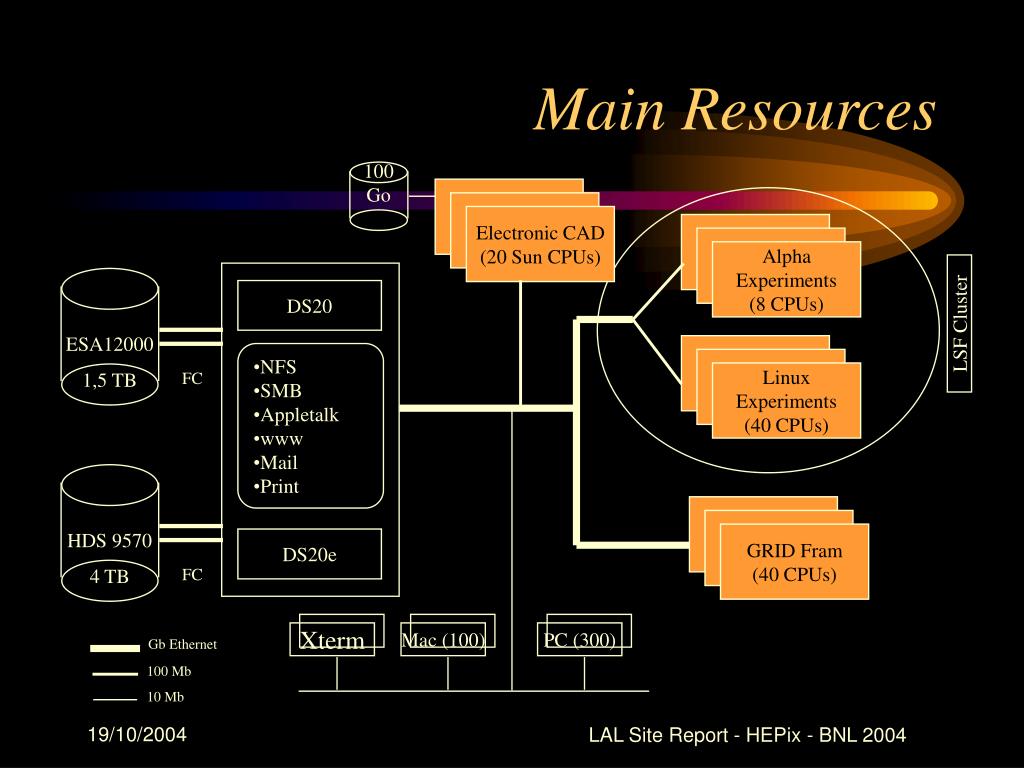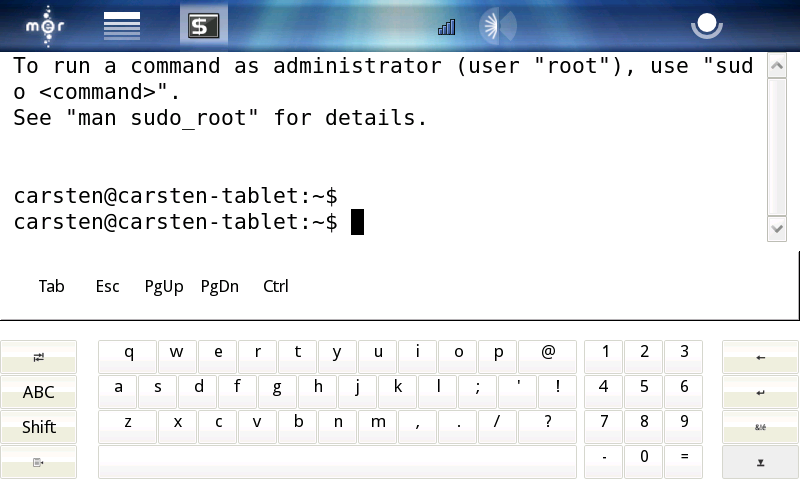

Of KDE konsole or gnome-terminal is currently considered since they cannot be font-configured on-the-fly.

If you want to explore more colors, you will need to use the standard ANSI colors: a blackĪ bold black, usually shows up as dark grey directory writable to others, without sticky bit directory writable to others, with sticky bitġ1. If you are curious, the eleven filetypes are: 1. This results in green filenames, bold-green executables, blue directories, yellow symlinks, and so on (see above screenshot) I prefer not to use a background color for normal filetypes. Which specifies eleven sets of colors (11x fb). bash_profile: export LSCOLORS=Gxfxbxdxcxegedabagacad Then to define the foreground and background colors for eleven different filetypes, you need to redefine the LSCOLORS (LS_COLORS for UNIX) parameter in the. cshrc for both if you use the C shell)**: export CLICOLOR=TRUEĪdding a ‘-F’ flag to the alias will result in a slash (‘/’) after directory names. To change the color coding, first you need to make sure color option is turned on add the following line to. While you are at it, you might want to change the colors for the ‘ls’ commands as well for two different reasons: (i) the defaults do not work well with your new green-on-black xTerminal and (ii) the right color coding instantly identifies the file type. For Terminal.app, you can simply use the GUI preferences it does not read.
#Man uxterm free
Xdefaults does not exist in your home directory, feel free to create one. Note I changed the cursor and pointer properties as well. Xdefaults, which lives in your home directory: xterm*Background: black

One way to change the colors on your Mac’s X11 is to add the following lines to your. The same is true for light text on dark background, which has been the fad for some web designers these days please avoid either combination! As far as the eyes are concerned, green/yellow text on a black background (or off-white on dark gray) is the most soothing for the eyes. Hence, even while providing the highest contrast, this color combination tends to strain your eyes. In addition, your eyes have to constantly adjust between the two extremes of the color spectrum. Unfortunately, the default for the xTerminal (or most applications) is black text on white background which means you are staring at white, i.e., light, most of the time. As our eyes spend most of our days looking at the xTerminal (xTerm, xgTerm, uxTerm, or Terminal.app) any relief is always welcome.


 0 kommentar(er)
0 kommentar(er)
